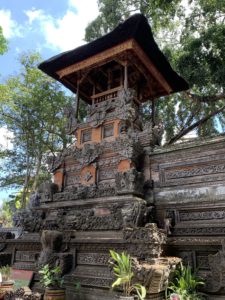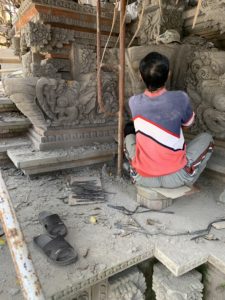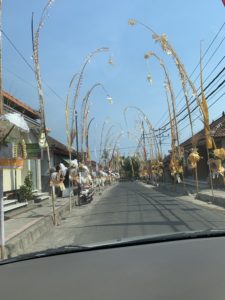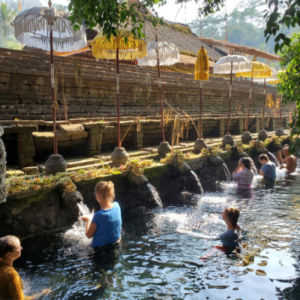
I had the opportunity to judge the senior student projects at King Kekaulike High School right before it closed for the shut-down. Each year, every senior student spends the year preparing their project which includes a mentorship with a teacher of their choice and with a community member, an actual product they create, a research paper written about the product and process, presentations to classes on campus, and a presentation to community judges. These students learn so much from this process and create amazing things. The is the second year that I have had the honor of being a community judge.
When I judged last week, a young man came into the room to do his presentation, and it was obvious that something was wrong. He seemed so nervous and had trouble making eye contact, so I made it my mission to smile at him. When he realized I was doing this, he focused his presentation on me, took a deep breath, and relaxed into his presentation. It turned out that he had spent a year on preparing for the Merrie Monarch Hula festival held on the Big Island every spring where he would be dancing. His product was learning to make Haku leis which he would wear while dancing. He also learned all about the tradition of the different Hawaiian leis and taught his younger sister how to make the leis and what they represented. Then we learned that the night before his presentation, the festival had been cancelled because of the world health crisis, and he was devastated. I was so grateful that I had followed my inspiration to smile at him because I could see that it really helped.
For the rest of the presentations, I smiled at the students too, a genuine smile full of love and support, and they responded. I imagine the other judges may have wondered why the students were presenting their project directly to me. That just made me smile more.
This experience reminded me of the importance of smiling, how good it feels to me to smile, and how good it feels to others to be smiled at. At this time of social distancing, we might not be as close to people as we have been, but whenever I do speak to someone in person, I make a conscious decision to smile. And for those I can’t interact with face to face, I always make whatever message I send by email, text, phone, or social media positive with the implication of a big virtual smile.
So today I smile at you and know in my heart that you are smiling back. Be sure to take my smile and pay it forward. We all can use a little joy right now.










